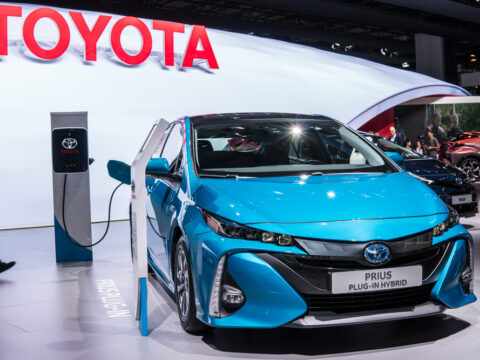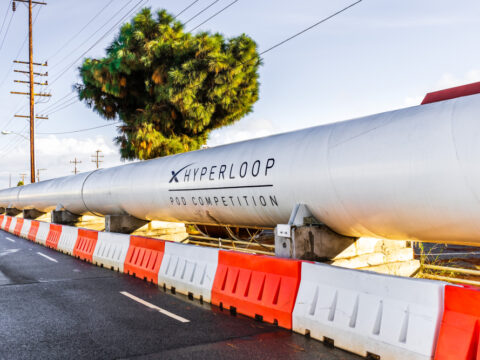High-speed bullet trains have transformed the way we think about travel, offering an efficient, comfortable, and sustainable alternative to traditional transportation methods. These marvels of modern engineering have significantly shortened travel times between major cities, making long-distance commuting more feasible and boosting economic productivity. Beyond speed, bullet trains embody a blend of advanced technology, environmental consciousness, and passenger-centric design, setting new standards for the rail industry and redefining our travel experiences.
Contents
Maglev Technology
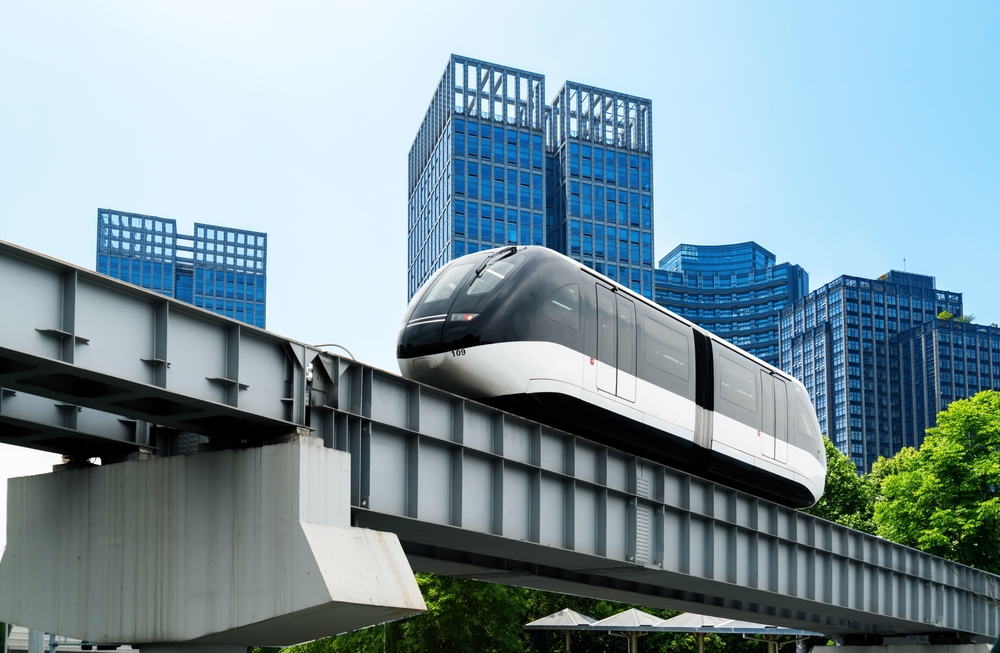
Maglev (magnetic levitation) technology revolutionizes rail travel by allowing trains to float above the tracks, eliminating the friction that conventional trains experience. This system relies on powerful electromagnets to lift and propel the train, achieving seamless acceleration and deceleration. The lack of contact with the rail reduces wear and tear, leading to lower maintenance costs and increased longevity of the infrastructure. Maglev trains, such as the Shanghai Maglev, can reach remarkable speeds exceeding 600 km/h (373 mph). The technology exemplifies cutting-edge engineering and offers a glimpse into the future of high-speed transportation, combining speed with efficiency and environmental benefits.
Top Speeds
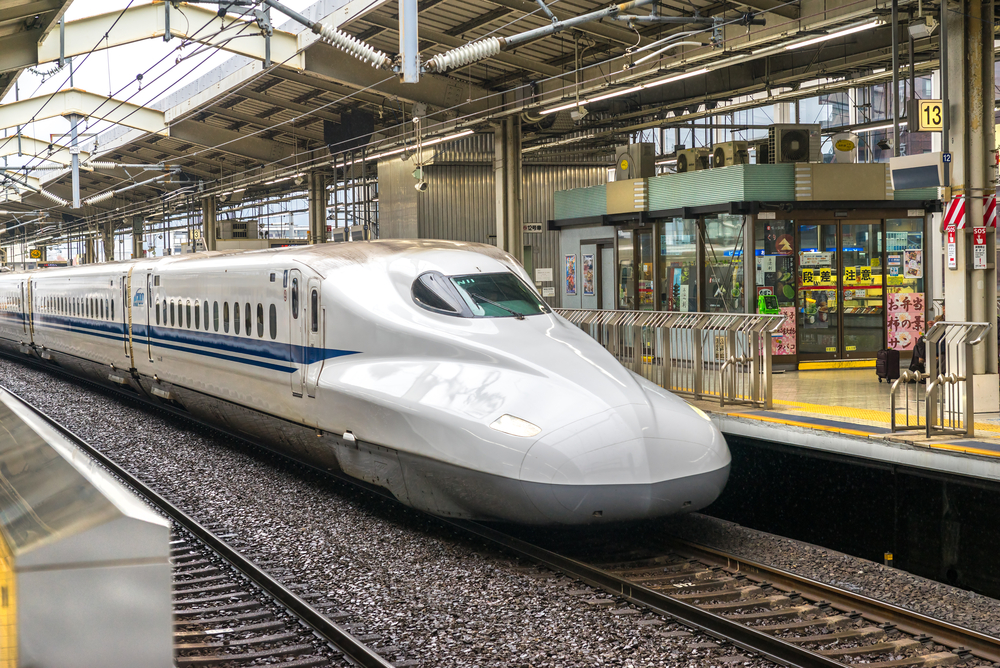
High-speed bullet trains are designed to operate at velocities far surpassing those of traditional rail services, transforming the concept of time and distance. Japan’s Shinkansen routinely reaches speeds of 320 km/h (200 mph), while China’s CRRC Fuxing trains achieve 350 km/h (217 mph). These impressive speeds dramatically shorten travel times between cities, making train travel competitive with air travel for distances up to 1,000 kilometers (620 miles). The ability to travel swiftly and efficiently has revolutionized how people commute, enhancing business productivity and providing greater convenience for leisure travelers. The continued development of high-speed rail promises even faster travel in the future.
Safety

Bullet trains boast unparalleled safety records, thanks to sophisticated technologies and rigorous safety protocols. Systems like automatic train control (ATC), which regulates train speed and spacing, and earthquake detection mechanisms that halt trains during seismic activity, ensure passenger safety. Japan’s Shinkansen has operated since 1964 without a single passenger fatality due to accidents, a testament to its reliability. Continuous advancements in safety features, such as collision avoidance systems and advanced braking technology, further enhance the security of high-speed rail travel. The combination of engineering excellence and stringent safety measures makes bullet trains one of the safest modes of transportation globally.
Economic Impact
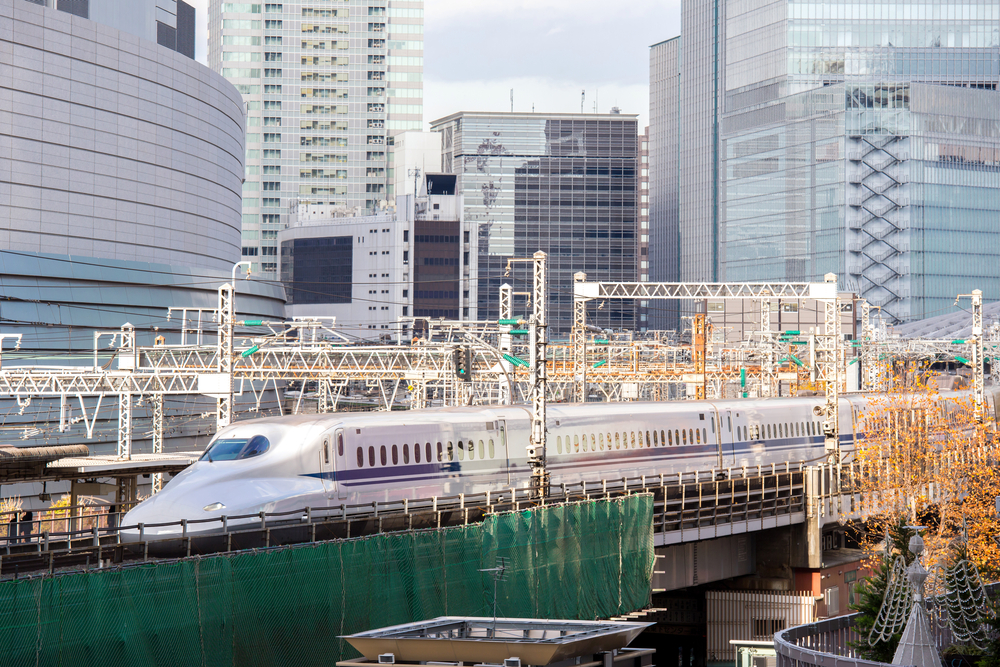
The economic benefits of high-speed rail are substantial, extending beyond the transportation sector. The construction and expansion of high-speed rail networks create numerous jobs, from engineering and construction to operations and maintenance. These projects stimulate local economies by increasing accessibility and connectivity, promoting tourism, and attracting investments. For instance, China’s high-speed rail network has played a crucial role in regional development, reducing economic disparities by connecting remote areas with major economic hubs. Additionally, high-speed rail enhances productivity by facilitating quicker business travel and expanding labor markets, contributing to overall economic growth and competitiveness on a national and global scale.
Passenger Comfort
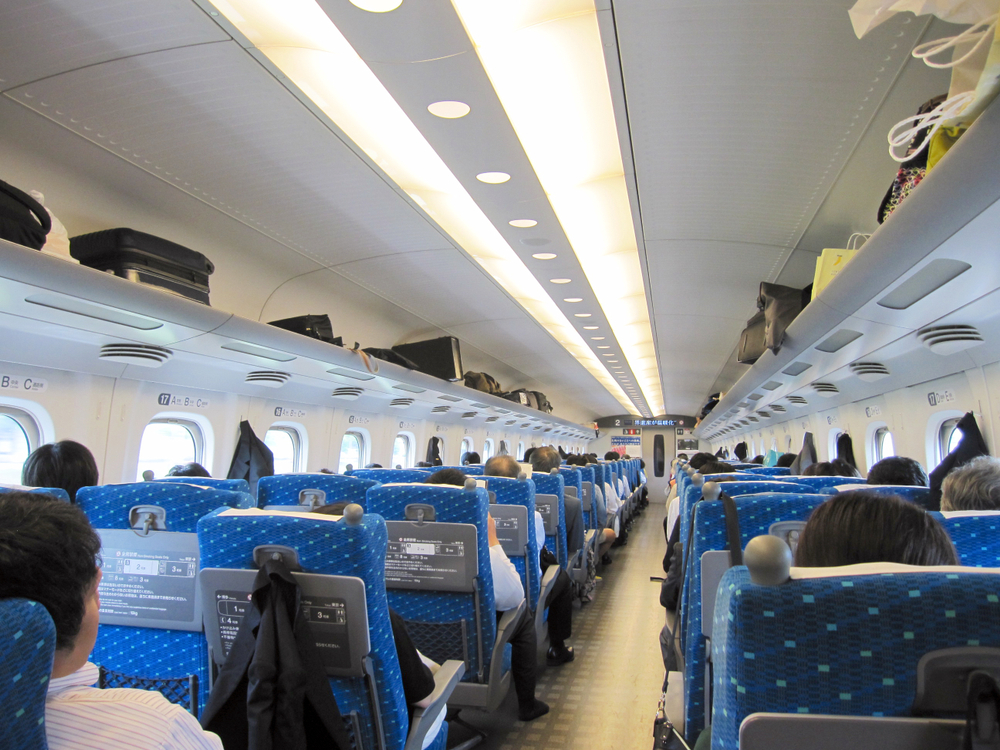
Passenger comfort is a hallmark of bullet trains, offering an unparalleled travel experience. The spacious and ergonomic seating, often with ample legroom and reclining options, ensures passenger comfort even on long journeys. The trains’ design minimizes noise and vibration, providing a smooth and quiet ride. Amenities such as Wi-Fi, onboard dining, and entertainment systems cater to modern travelers’ needs. For example, Japan’s Shinkansen offers various seating classes, from standard to luxurious, each designed to enhance comfort and convenience. The emphasis on passenger comfort makes high-speed rail an attractive alternative to air travel, particularly for journeys within the same region.
Environmental Benefits
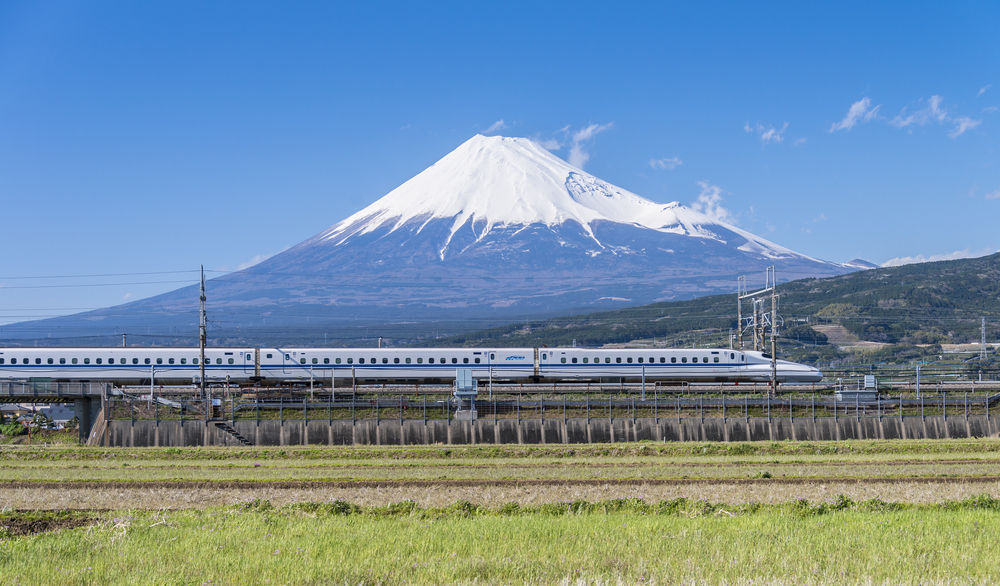
Bullet trains are a sustainable mode of transportation, significantly reducing carbon emissions and energy consumption compared to cars and airplanes. They operate on electric power, which can be generated from renewable sources, further minimizing their environmental impact. High-speed rail networks help alleviate traffic congestion and reduce air pollution in urban areas by providing an efficient alternative to car travel. Studies indicate that high-speed trains emit up to 90% less CO2 per passenger-kilometer than airplanes. This substantial reduction in greenhouse gas emissions makes high-speed rail a key component of efforts to combat climate change and promote sustainable development.
Global Expansion

The global expansion of high-speed rail is a testament to its effectiveness and demand. Countries like China, Japan, France, and Spain have developed extensive high-speed rail networks, setting benchmarks in terms of technology and efficiency. China’s network, the largest in the world, spans over 38,000 kilometers (23,612 miles) and continues to grow. Other nations, including the United States, India, and several European countries, are investing in high-speed rail projects to modernize their transportation infrastructure. The adoption of high-speed rail worldwide highlights its role in fostering economic development, reducing travel times, and offering a sustainable transportation solution.
World’s Fastest

The title of the world’s fastest commercial bullet train is currently held by the Shanghai Maglev in China, which reaches speeds of 431 km/h (268 mph). This maglev train connects Shanghai Pudong International Airport with the city center, covering a distance of 30 kilometers (18.6 miles) in just 7.5 minutes. The Shanghai Maglev showcases the potential of magnetic levitation technology for urban transit, offering an exceptionally smooth and swift ride. This remarkable speed not only enhances travel efficiency but also positions the Shanghai Maglev as a symbol of technological prowess and innovation in high-speed rail.
Technological Innovations
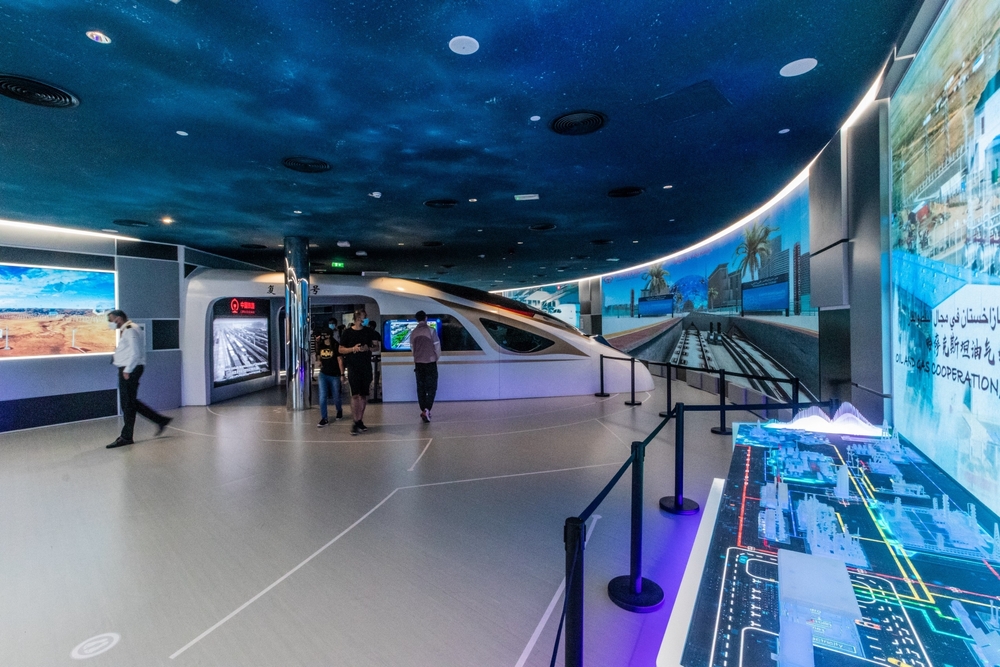
Technological innovation is at the core of high-speed bullet trains, driving continuous improvements in performance, safety, and passenger experience. Advanced aerodynamics reduce air resistance and energy consumption, while active suspension systems ensure stability and comfort at high speeds. Cutting-edge braking systems, such as regenerative braking, enhance safety and efficiency by recovering energy during deceleration. Innovations like the Japanese Shinkansen’s nose design, inspired by the kingfisher bird, minimize noise and tunnel boom. These technological advancements are the result of extensive research and development, positioning high-speed rail as a leading force in transportation innovation.
Infrastructure Development
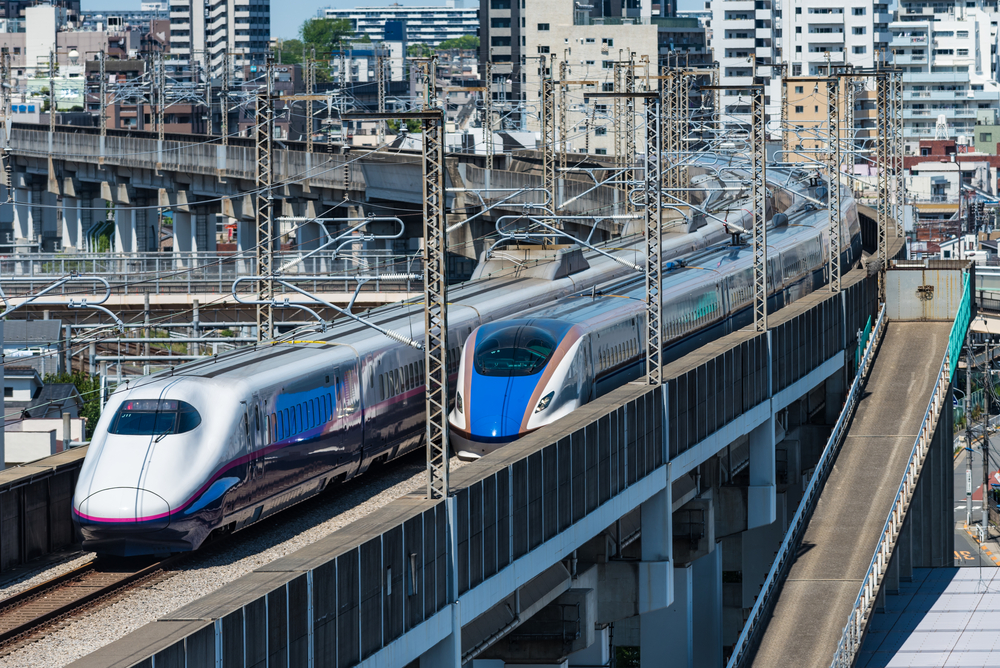
Building high-speed rail networks requires significant infrastructure development, including specialized tracks, stations, and maintenance facilities. These projects often involve extensive engineering challenges, such as constructing tunnels through mountains and bridges over rivers. The investment in high-speed rail infrastructure drives urban development and modernization, revitalizing city centers and promoting regional connectivity. For instance, the development of high-speed rail in Europe has spurred the creation of new business districts and enhanced the attractiveness of cities as economic and cultural hubs. The infrastructure built for high-speed rail also has lasting benefits, supporting future transportation needs and fostering sustainable urban growth.
This article originally appeared on MyCarMakesNoise.
More from MyCarMakesNoise
23 Most Reliable Trucks for Lifelong Performance

Selecting a truck that combines durability with reliability ensures that it can handle both the rigors of daily tasks and the challenges of heavy-duty work. From rugged off-road adventurers to dependable workhorses, certain trucks have established themselves as lasting partners, built to endure through years of service. Read More
20 Underrated Destinations for Road Trip Lovers

Embark on a journey off the beaten path with our guide to America’s backroads—hidden gems that promise unforgettable road trip experiences. From breathtaking natural landscapes to quaint small towns, these lesser-known routes offer a unique way to explore the beauty and diversity of the United States. Read More
13 Classic Chevrolet Cars That Failed to Impress

When it comes to classic cars, not every model becomes a beloved icon. Chevrolet, a powerhouse in the automotive industry, has had its fair share of hits and misses over the decades.While many Chevys have won the hearts of car enthusiasts worldwide, some models missed the mark by a wide margin. Read More

